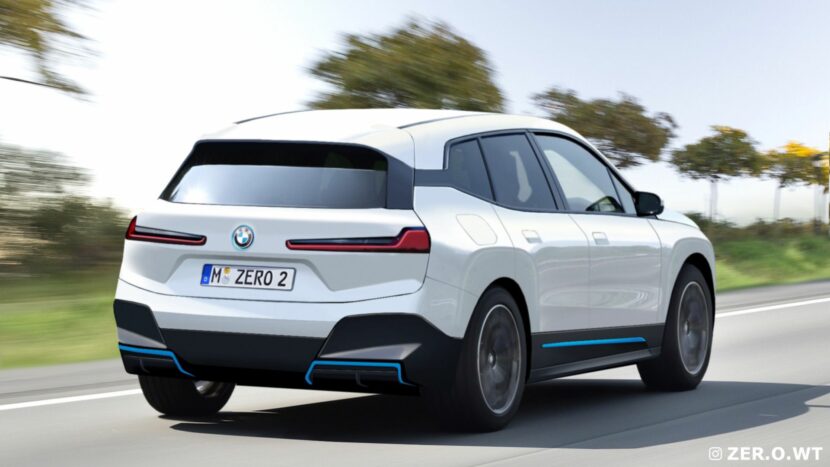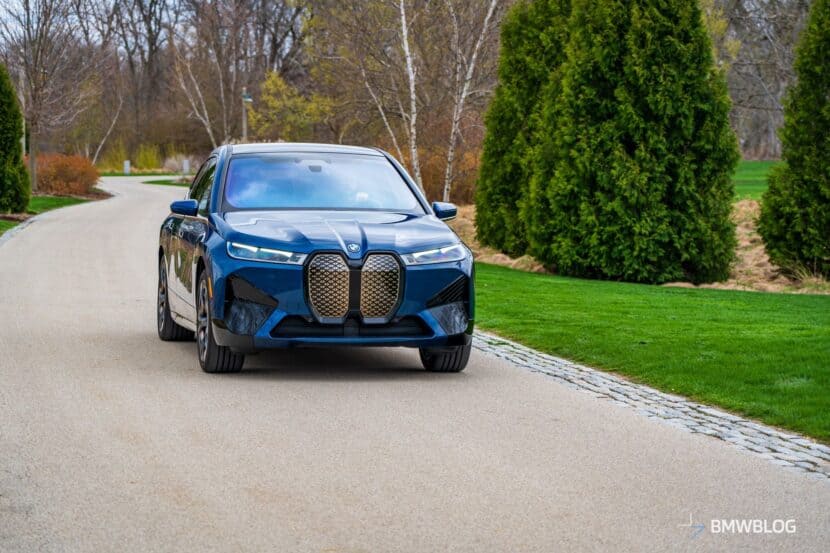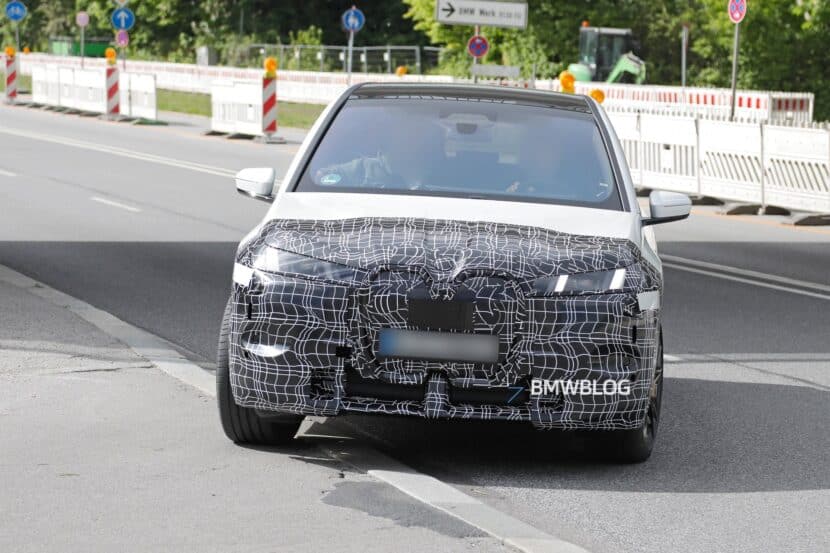BMW plans to unveil the production version of the iNEXT (iX) before the end of this year. Despite a report coming from the UK calling the iNEXT the iX5, the marketing department in Munich seems to be set on the iX name, followed by a numerical differentiator. Similar to the upcoming i4 electric vehicle.
Also, the rumormill churns out that there will be three variants of the high-tech electric crossover. The power range is rumored to vary from 300 to 600 horsepower. One of the three BMW iX models will also have a significant electric range measured on the WLTP cycle.
While the entry level is likely to deliver over 400 km of pure electric driving, one other iX variant will deliver at least 600-620 kilometers on a full charge. It’s also likely that the EPA rating will be lower on the models coming to the United States.

It’s also fair to say that BMW has heavily invested in their flagship electric car. Therefore, the iX will premiere some interesting and exciting tech for BMW. One of them is the BMW Natural Interaction. If you remember the concept, it showed a different way of communicating with the car, using revolutionary materials that were sensible to touch. This will apparently be introduced on the production vehicle and on other high-end BMW models.
The new car is supposed to bring new tech that will eventually trickle down to other models in the range. One of those bits of technology could be Continental’s Intelligent Glass Control, a function that has been available on other cars since 2017, but not nearly in the same price range as the iX. 5G technology is another item on the list.
We also expect to see a new interior design, dominated by large touchscreens coupled with a minimalistic design. It remains to be seen whether the next iDrive 8 system will be added to the iX electric crossover, or that honor will go to the future 7 Series.
The BMW iX is expected to arrive in the United States in late 2021, and is part of the nine fully electric BMWs to be unveiled by 2025.





































































